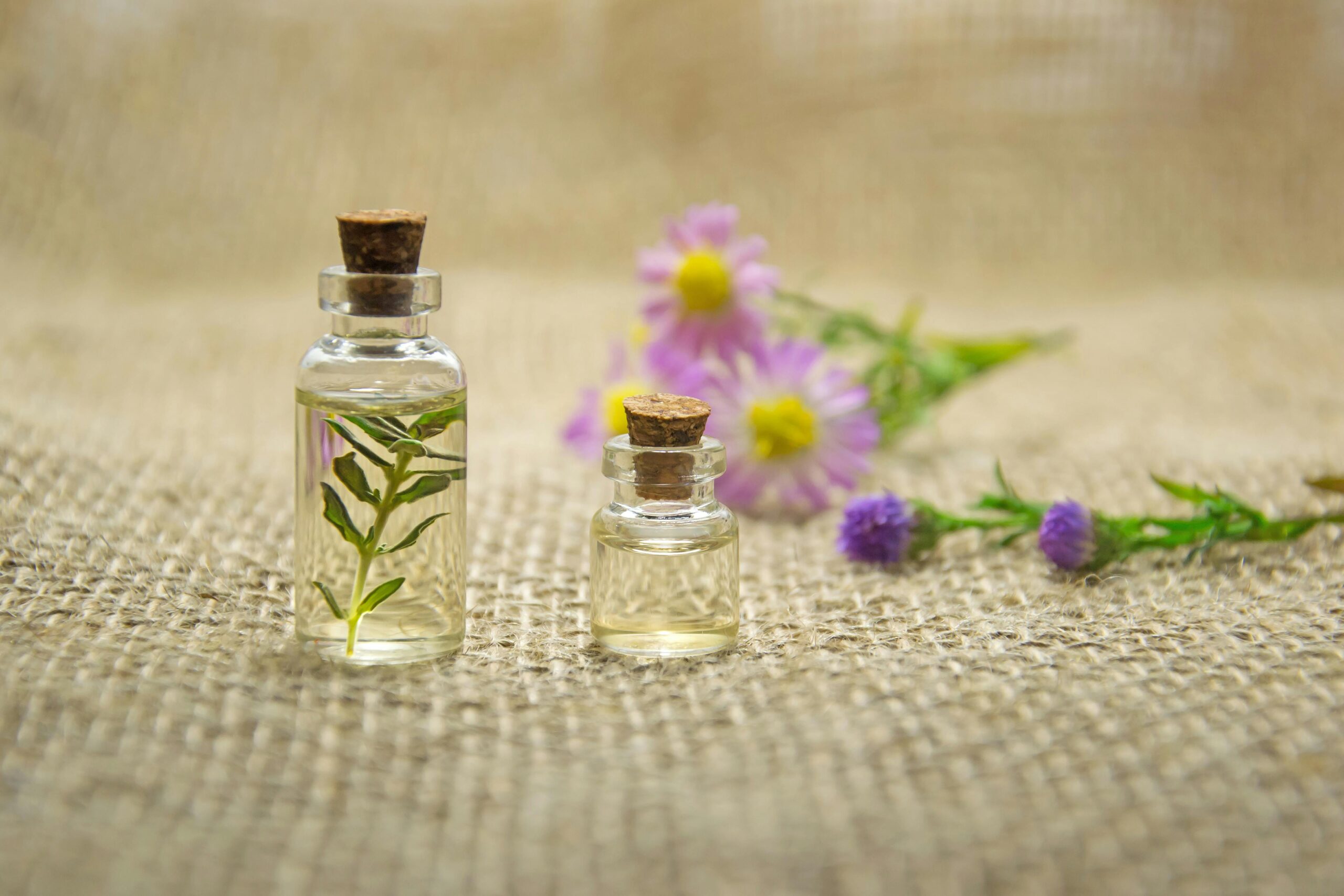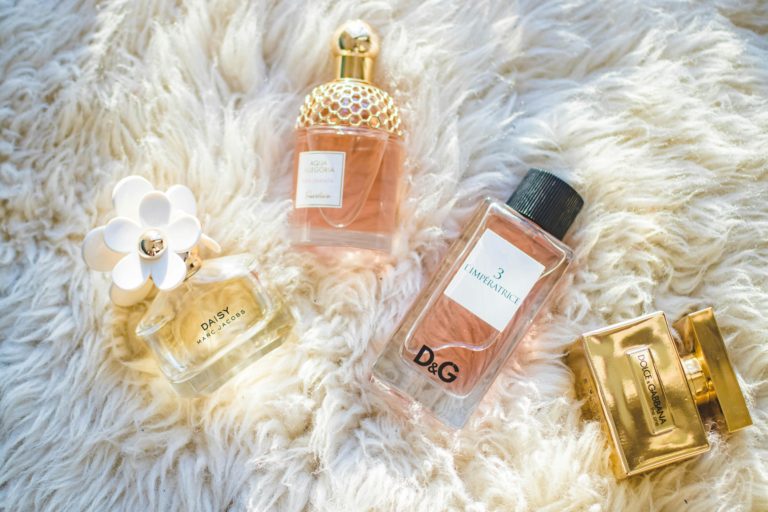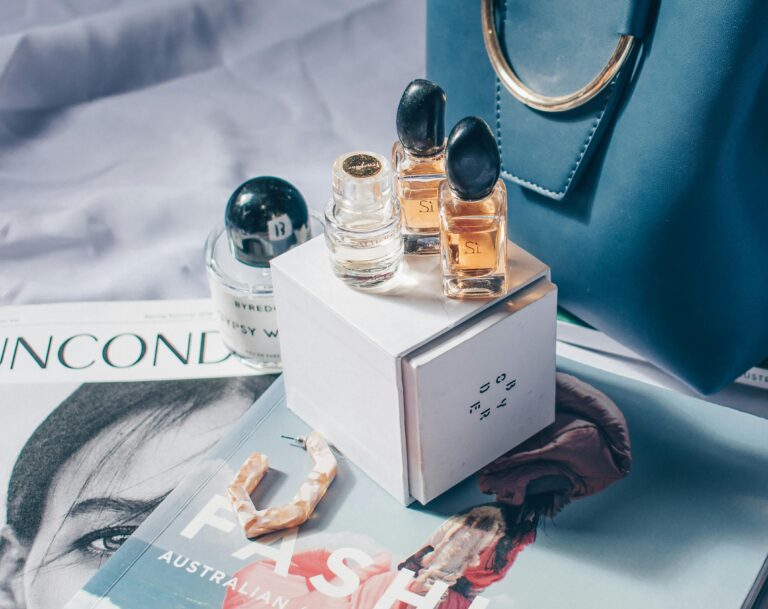Perfume is a powerful way to express your personality and style. It evokes emotions, and memories, and leaves a lasting impression. While store-bought perfumes offer a wide variety of scents, nothing beats the feeling of wearing a fragrance that is uniquely yours.
Creating your custom perfume blend allows you to experiment with different scent combinations, personalize your fragrance, and even avoid unwanted chemicals found in commercial perfumes.
In this guide, we’ll walk you through the steps to create your own signature scent, whether you’re looking for something light and floral or rich and spicy.
Why Create Your Own Perfume?
Making your own perfume offers several benefits. Not only do you get full control over the ingredients, but you also create a scent that is entirely unique to you. Many commercial perfumes contain synthetic chemicals that can cause allergies or irritations, but with DIY perfumes, you can use natural essential oils and avoid harsh additives.
Additionally, customizing your fragrance lets you blend scents that resonate with your personal preferences and create a signature scent that reflects who you are.
I. Understanding Fragrance Notes
Before you begin blending your perfume, it’s important to understand the basic structure of fragrances. Perfumes are made up of three types of notes: top, middle (heart), and base. These notes work together to create a balanced and harmonious scent.
1. Top Notes
The top notes are the first scents you smell when you apply perfume. They are light, fresh, and typically fade quickly, lasting only about 15-30 minutes. Common top notes include citrus, mint, and light floral scents like lavender or jasmine.
2. Middle (Heart) Notes
Middle notes come out once the top notes begin to fade. These form the main body of the perfume and are usually more mellow and full-bodied. They last longer than top notes, often lingering for several hours. Common middle notes include rose, geranium, cinnamon, and clove.
3. Base Notes
Base notes are the foundation of your perfume and provide depth and longevity. They come out after the middle notes have settled and can last for several hours, sometimes even a full day. Popular base notes include sandalwood, vanilla, musk, and patchouli.
Understanding how these notes interact will help you create a balanced and long-lasting perfume blend.
II. Choosing Your Ingredients
When creating your custom perfume, your primary ingredients will be essential oils, which offer a wide variety of scents. The quality of your oils is important, so it’s best to use 100% pure essential oils, which are free of synthetic chemicals. You’ll also need a carrier oil or alcohol to dilute the essential oils, as pure essential oils can be too potent when applied directly to the skin.
Essential Oils for Perfume Making
Essential oils are the building bhair of your fragrance. When selecting oils, think about the mood or feeling you want to evoke. Some common choices include:
- Floral: Rose, jasmine, lavender, ylang-ylang
- Citrus: Lemon, bergamot, grapefruit, orange
- Spicy: Cinnamon, clove, black pepper
- Earthy: Sandalwood, patchouli, cedarwood
- Herbal: Mint, rosemary, basil, eucalyptus
- Sweet: Vanilla, tonka bean, honey
Carrier Oils vs. Alcohol
There are two main bases for perfume: oil-based and alcohol-based.
- Carrier Oils: Jojoba oil, almond oil, and fractionated coconut oil are popular choices for oil-based perfumes. These oils are lightweight and absorb easily into the skin.
- Alcohol: Perfumers’ alcohol or high-proof vodka can be used to create alcohol-based perfumes. Alcohol helps the perfume to evaporate more quickly and disperse the scent.
Both options work well, but oil-based perfumes tend to be more moisturizing, while alcohol-based perfumes have a lighter finish.
III. Steps to Create Your Custom Perfume Blend
Now that you have your ingredients ready, here’s how to create your custom perfume blend.
1. Select Your Fragrance Notes
Start by choosing your top, middle, and base notes. Typically, you’ll want to aim for a ratio of:
- 30% top notes
- 50% middle notes
- 20% base notes
For example, if you’re creating a floral perfume, you might choose lavender for your top note, rose for your middle note, and sandalwood for your base note.
2. Blend the Essential Oils
Once you’ve selected your fragrance notes, begin by adding the essential oils to a glass dropper bottle. Start with the base notes, as they take the longest to develop. Add a few drops of your chosen base note, followed by the middle and top notes. A general rule of thumb is to use 30-40 drops of essential oil in total for a 10 ml bottle.
Shake the bottle gently to blend the oils together. You can always adjust the number of drops depending on the strength of the scent you prefer.
3. Add the Carrier Oil or Alcohol
Once your essential oils are blended, it’s time to dilute the mixture with your carrier oil or alcohol. For oil-based perfumes, fill the remainder of the bottle with your chosen carrier oil. If you’re making an alcohol-based perfume, fill the bottle about three-quarters of the way with alcohol and let it sit for 48 hours to a week to allow the oils to meld.
4. Test and Adjust
After letting your perfume blend sit for a day or two, test the scent on your skin. If you’re happy with the balance, you’re done! If not, you can adjust the fragrance by adding more of a particular note. Just be careful not to overwhelm the blend with one scent.
5. Let the Perfume Age
For a more refined fragrance, allow your perfume to age for at least two weeks. This will give the oils time to blend and develop fully, resulting in a more balanced scent. Store the bottle in a cool, dark place during this time.
Tips for Blending Scents
Creating your own perfume blend is a creative process that takes some experimentation. Here are a few tips to keep in mind as you mix and match your oils:
- Start Simple: If you’re new to blending, begin with just three essential oils—one for each note. This will make it easier to find the right balance and learn how the oils interact.
- Test Small Batches: Mix your oils in small amounts before committing to a larger batch. This will save ingredients in case you want to make adjustments.
- Keep a Perfume Journal: Write down the oils and ratios you use for each blend so you can recreate your favorite combinations.
- Consider Seasonality: Lighter, fresher scents are great for spring and summer, while warm, spicy fragrances work well in fall and winter.
Conclusion
Creating your custom perfume blend is an enjoyable and rewarding process that allows you to craft a scent that’s entirely your own. With a few essential oils, a carrier base, and some experimentation, you can develop a fragrance that reflects your personality and style.
Whether you’re looking for a light, refreshing scent or a deep, complex fragrance, DIY perfume making opens the door to endless possibilities. The best part? You’ll have a unique, signature scent that’s truly personal to you.
Frequently Asked Questions (FAQs)
1. How long does homemade perfume last?
Homemade perfumes can last anywhere from six months to two years, depending on the ingredients used. Essential oils with high volatility, like citrus oils, may fade faster, while heavier base notes like sandalwood and patchouli tend to last longer.
2. What’s the difference between essential oils and fragrance oils?
Essential oils are natural extracts derived from plants, while fragrance oils are synthetic compounds designed to mimic natural scents. Essential oils are often preferred for DIY perfumes because they offer therapeutic benefits and are free from synthetic chemicals.
3. How much essential oil should I use in my perfume?
For a 10 ml bottle of perfume, you’ll typically want to use about 30-40 drops of essential oil in total. The exact amount depends on the strength of the oils and your personal preferences.
4. Can I mix different types of carrier oils?
Yes, you can mix different types of carrier oils to achieve the consistency and feel you prefer. For example, you might blend jojoba oil with almond oil to create a lightweight, moisturizing base.
5. Can I make alcohol-based perfumes without vodka?
Yes, you can use perfumer’s alcohol, which is specially formulated for fragrance making. However, if you’re looking for a DIY alternative, high-proof vodka is a convenient and accessible option.
6. How do I store my homemade perfume?
Store your homemade perfume in a cool, dark place, away from direct sunlight and heat. This will help preserve the fragrance and prevent the essential oils from degrading.
7. Can I use my perfume immediately after making it?
While you can use your perfume right away, it’s best to let it sit for at least 48 hours to a week. This allows the essential oils to meld and develop into a more cohesive scent.



